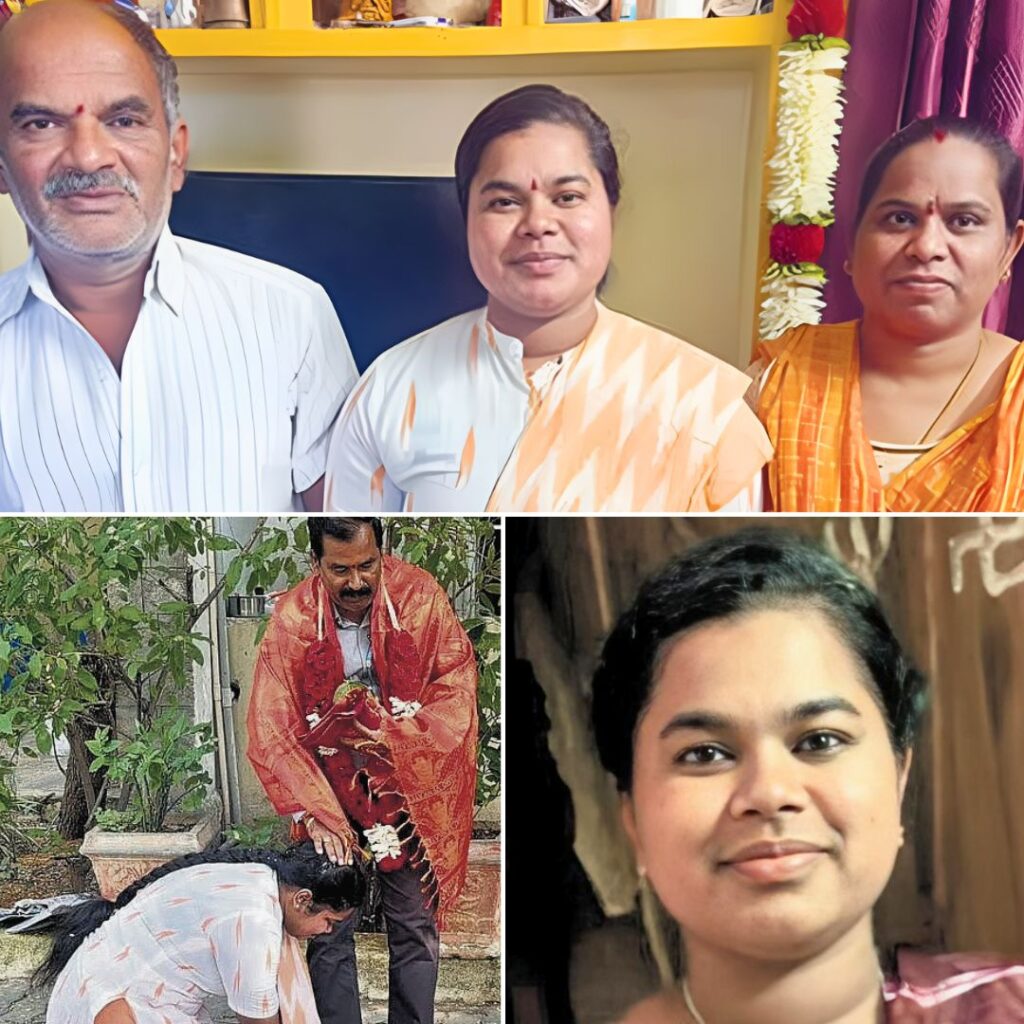Cyclone Fani made landfall in Odisha on May 3. The Indian state, which has been plagued with regular occurrences of cyclones. In fact, between 1891 and 2002, Odisha has seen 98 cyclones, highest in the country.
However, this time around things were different. The state machinery not only effectively mobilised the resources but also carried an impressive evacuation programme. As per Odisha Chief Minister Naveen Patnaik, a staggering 1.2 million people were evacuated in 24 hours.
Near perfect prediction, evacuation & assistance
Odisha, with a population of about 4.6 crores is one of the poorest states in the country. About 40 per cent of its population lives below the poverty line. However, effective planning and swift implementation helped in substantially minimising the loss of lives. The official death toll stands at 29.
Apart from evacuating, over a million people from vulnerable districts of the state, more than 3 lakh and 1.3 lakh people from Ganjam and Puri respectively, were shifted to safe shelters. About 5000 kitchens operated in full force to cater to evacuees.
The preparation for the impending natural disaster started much before it made landfall in the state. An army of 43,000 volunteers and 1,000 emergency workers were readied. 2.6 million text messages were sent across, apart from frequent television and radio messages in local language asking people to get to shelters.
The meteorologists played an important role by predicting the path of the cyclone with near perfection. In addition to that, the Andhra Pradesh government’s Real Time Governance Society (RTGS) too extended a helping hand. The RTGS sent accurate and timely alerts to their counterparts in Odisha. Director of RTGS, Ananth Krishnan told The News Minute, “A WhatsApp group was created which included the Odisha Chief Secretary and the District Collectors of those districts which were expected to be affected by Fani in Odisha and Andhra. Regular updates were sent to these officials every few hours, so they could take necessary action.”
The Odisha Police left no stone unturned in assisting people. Several heartwarming videos and photos of the police personnel in action have emerged on social media.
In action: Lady Police officer of Talchua Police Station, Kendrapara !!
Braving all odds and adversaries, our officers are making all the possible efforts to evacuate each single person to the safety. #MissionZeroCasualty#CycloneFani #OdishaPrepared4Fani pic.twitter.com/jbHRUYauRy
— Odisha Police (@odisha_police) May 2, 2019
“Work of 20 years”
Just 20 years back, Odisha was hit by the devasting Super Cyclone in October 1999. It killed a whopping 10,000 people and displaced an estimated 1.5 million people. It is considered to be the deadliest storm to hit India since 1971.
Odisha bucked up and equipped itself to deal with disasters of such magnitude. As a result, in 2013, the Odisha government showed great preparedness in the face of Phailin cyclone. The state disaster management model was even praised by the United Nation after it restricted the number of fatalities to just 21.
This time too, the planning worked. As state’s special relief commissioner, Bishnupada Sethi told The New York Times, “This is not the work of a day or a month but of 20 years.”
The Logical Indian applauds the effort of Odisha government in minimising the loss and for acting as a model state in disaster management, for other state authorities to emulate.
Also Read: With Cyclone Fani Wreaking Havoc In Odisha, Here’s Why Most Cyclones Hit India’s East Coast











